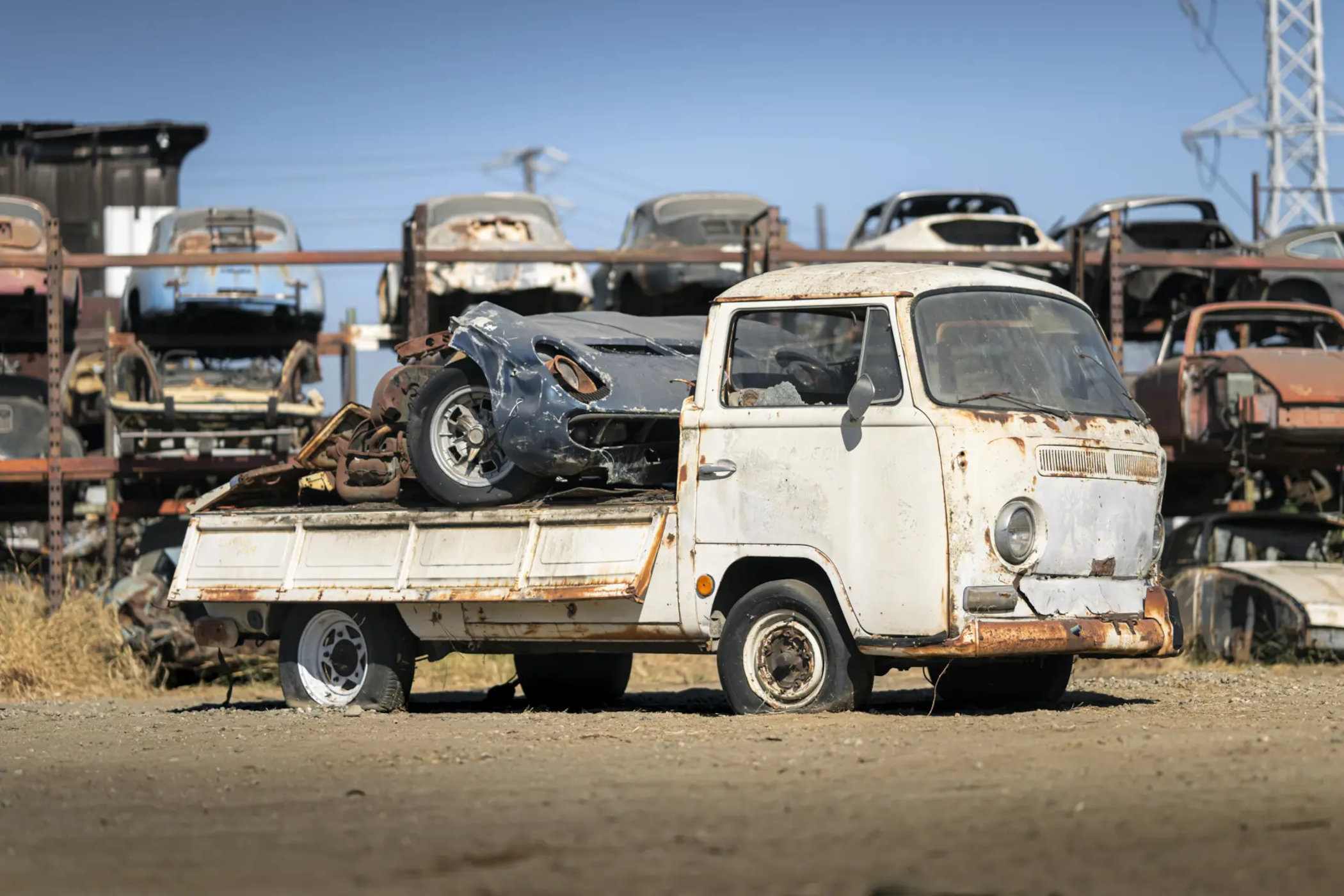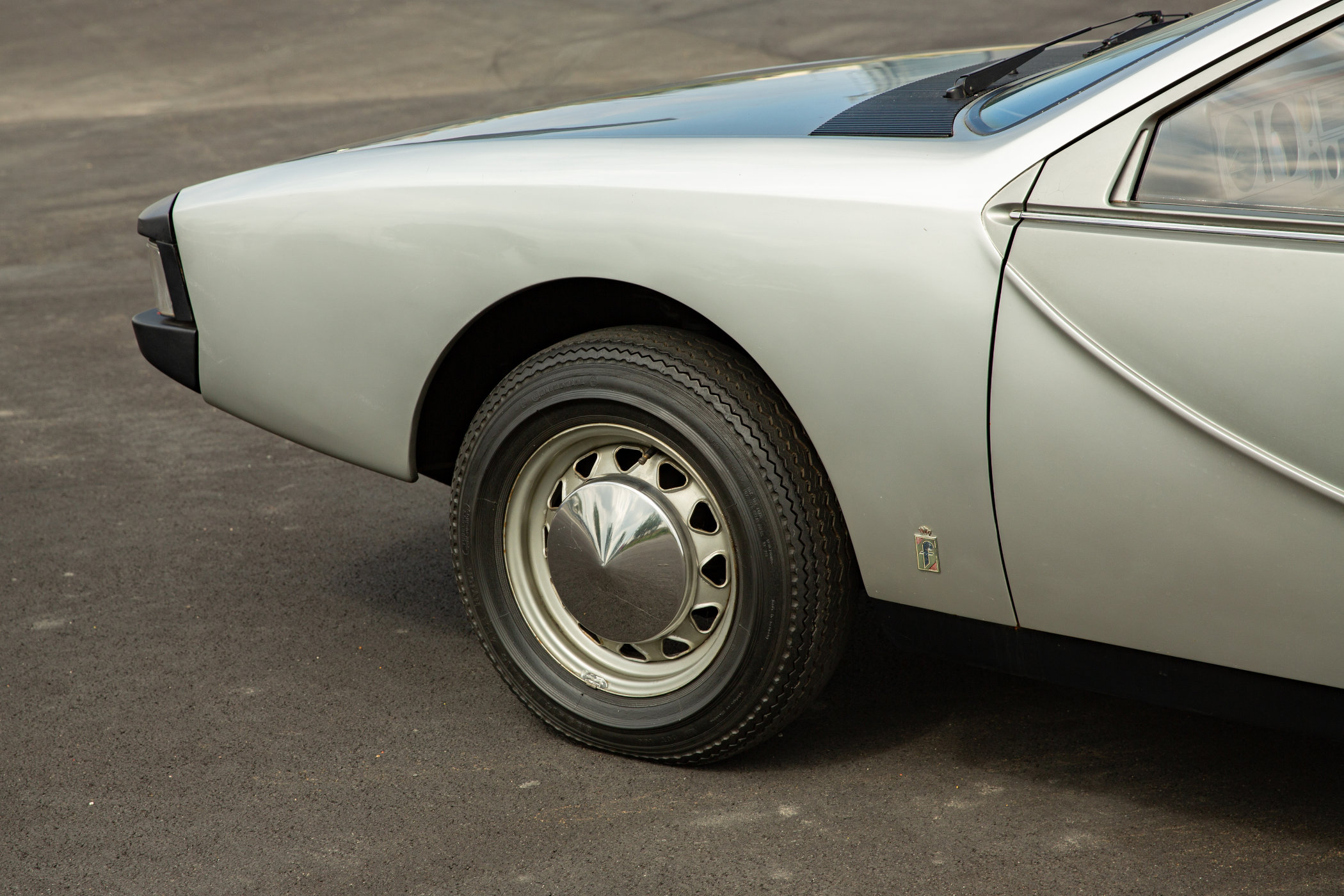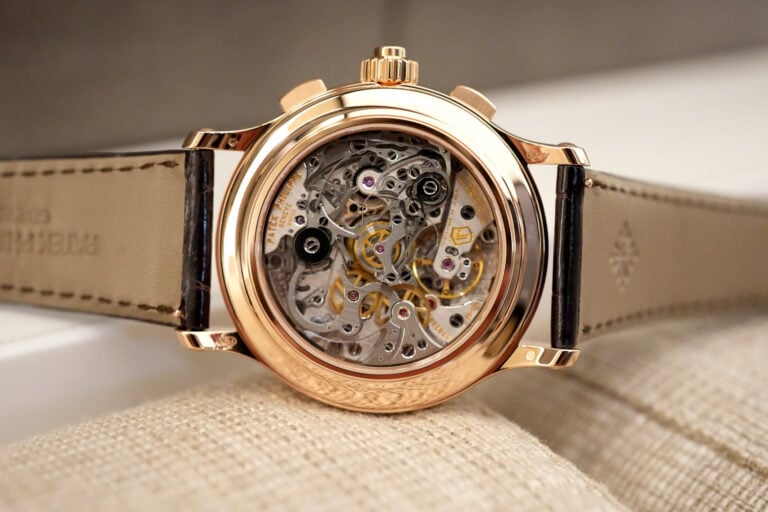The Beauty Of Destruction Through The Rudi Klein Junkyard Auction
An amazing collection of automotive treasures sourced from some of the rarest and most desirable vintage cars.

Some say destruction highlights transition and can hold a discerning level of beauty. Although you might not agree with me, as destruction is often deemed something negative, I believe there is at least some merit to that reasoning. Just take a look at some of the stuff that’s coming up for auction at RM Sotheby’s soon. At the end of the month, they will host the Junkyard Auction, which breaks down the huge collection of vintage cars and parts built up by Rudi Klein over several decades. It includes tons and tons of parts, and some of the rarest and most exclusive cars, with some being genuine one-offs. Some are in a pretty sorry state yet have become sort of Objects d’Arts, almost worthy of being exposed in a museum.
from butcher to car hoarder
The story of how Rudi Klein became one of the most prolific car (parts) collectors is fascinating on its own. Born in Germany, Rudi Klein moved to the US in the 1950s and started out working as a butcher. By the mid-1960s he’d had enough of that, which I would have too, and set out shop for his own. But rather than continuing in the meat industry, he shifted to a field he had a deeply rooted passion for; cars! But what do you do when you have no budget, no experience, and virtually no network? You start a scrapyard, apparently.

Working out of southern Los Angeles, Klein grew a successful business by ripping apart and collecting or rather hoarding parts of crashed and damaged cars. He allegedly had a very good eye for what cars mattered most, and it shows from the insane collection of cars and parts now coming up for auction. For decades he collected vintage Porsches, Mercedes’, Ferraris, Aston Martins, or exotics like a Facel Vega converted into a cabriolet and even a prototype Iso Grifo A3/L Spider. For years, little details emerged on just how expansive his collection was, with rumours being left unconfirmed. Even after his passing in 2001, his family remained tight-lipped about the contents of the Klein estate. Until now that is, as RM Sotheby’s has split up the entire estate into 567 lots and brings the incredible Rudi Klein collection to market.
An endless list of icons
The auction is split into a live auction for Saturday the 26th of October and an online auction starting the same day. The live part consists of 208 lots, with another 359 lots in the online selection. And going through the list reveals a truly bonkers list of cars and parts. Where have you last seen not one but five Mercedes-Benz 600s, including a rare Pullman? Or a quartet of Lamborghini Miura’s? Or how about 37 Porsche 356s? Admittedly, most cars are in quite a sorry and often incomplete state, as Rudi Klein ran a junkyard after all. But still, there’s a ton of interesting stuff to be found, likely to benefit someone who’s looking to restore or rebuild a classic motoring icon.

Besides shells of some of the most desirable machines in history, such as a thought-to-be-lost Mercedes-Benz 300SL ‘Alloy’ Gullwing, there’s an endless list of parts. Steering wheels, rims and tyres, axles, engines in varying degrees of completion, carburettors, gearboxes, differentials, brakes and so on. And that’s just the mechanics. Then there’s the equally endless collection of windscreens, roof panels, doors, engine covers, lights, seats, interior and exterior trim parts, etc. There are boxes full of instrument gauges, shelves full of workshop manuals, crates of NOS piston rings, original tool rolls, pedals, and radios. There are even combined lots of 7 engine lids for a Porsche 356 A, three windshields for a 300SL Gullwing, and complete sets of Ferrari Campagniolo or Borrani wheels, and Nardi steering wheels… You get the idea; it’s a lot!
Out of everything, a few lots definitely stand out. I already mentioned the alloy-bodied Gullwing, which has an estimate of USD 4,000,000 to USD 6,000,000. Not neglecting how rare of a car that actually is, it feels a bit high to me but I’m no expert on the matter. It’s number 26 out of only 29 cars built, and the only one to come with black over red (even though it’s now silver), making it one of the most elusive Mercedes’ ever made. The car itself is in a complete state, with the original chassis and engine, gearbox, body panels and whatnot. Then there’s the one-off Mercedes-Benz 500 K Special Coupe by Sindelfingen, built for Rudolf Carraciola, the first non-Italian winner of the Mille Miglia. That too gets an estimate of USD 4,000,000 to USD 6,000,000 and is said to be a complete and original car.
Luckily, if you’re interested in acquiring something, not everything is priced in the millions. The Lamborghini Miuras, ignoring the half one on the back of the Volkswagen Type 2 Pick-up (see above), range between a low-end estimate of USD 350,000 for a P400, or a top-end estimate of USD 700,000 for a P400S. Or how about the shell of a 1966 Ferrari GTC by Pininfarina (see below), with an expected hammer price between USD 30,000 and USD 40,000? Although I can’t see that making a full road-worthy return any time soon! Nevertheless, it’s fascinating just going through the list and seeing what’s all there.

NSU Ro80 2Porte +2
One of the cars that immediately struck me when going through the entire list of lots, and one of the few that seems in a driveable condition, is the NSU Ro80 2Porte +2. This automotive rarity is designed by Pininfarina, arguably the studio behind some of the greatest and most elegant cars ever conceived. The NSU however, is a bit of a quirky-looking machine, sort of leaning into the unique flair of cars like the Aston Martin Lagonda, and perhaps the Volvo 700 series. The stretched-out four-door is a true one-off, built in 1971 on the platform of the NSU Ro80 and thus fitted with a Wankel- or Rotary-engine.
NSU shares a history with Mazda when it comes to the development of this revolutionary concept, as the two companies locked horns in agreement to produce the first commercially available car with such an engine. Where a conventional internal combustion engine uses cylinders and pistons, a Wankel or Rotary engine uses a triangular rotor turning into an 8-shaped chamber. The advantages are a small engine, a higher power-to-weight ratio, significantly less vibrations and is less costly to produce due to a lower number of parts. There are some drawbacks too though, as engine temperatures can vary in different parts of the combustion chamber, and the Apex seals (its ‘valves’) can lift at low speeds. While Mazda produced the first experimental rotary engine, NSU first put it on the market in 1964 with the Rotary Spider. This was followed by the Ro80 in 1967, which in turn is the foundation of this wonderful show car.
To give reason to the perhaps awkward name, the NSU Ro80 2Porte +2 is a large four-door with space for two adults in the front and two children in the back. The shape is both sharp and boxy, as well as gracefully due to the aesthetical split that starts at the base of the front window and runs along the side to the rear. This is emphasized by the two-tone paint scheme and chrome trim details. Up front, the wedge-shaped nose stands out thanks to black bumpers surrounding the rectangular grille and headlights.
The rear wheels are partially tucked in behind the body and the vertical slats in the C-pillar and rear-quarter section are actually functional. Hidden under the relatively flat bonnet is the original Wankel engine of the Ro80, mated to a three-speed semi-automatic gearbox. Fittingly, the interior is a perfect representation of the 1970s; nice and cosy, and, well, orange! And while RM Sotheby’s doesn’t share details on the car’s performance, the original Ro80 had 115bhp on board and could hit 100kph from a standstill in 13 seconds and achieve a top speed of 181kph. So it’s not exactly a speed machine!
The NSU Ro80 2Porte +2 has an auction estimate of USD 60,000 to USD 80,000 making it a relatively modestly priced one-off. Sure, the styling might not be to everyone’s liking, but it’s an undeniably captivating car! It’s part of a list of 208 lots, all up for grabs live at RM Sotheby’s auction weekend on Saturday the 26th of October. The second part of the auction is done online, with a further 359 lots coming under the hammer. While this does not include complete cars such as this NSU, there’s still plenty of automotive history to be discovered. And while some lots might seem beyond repair or restoration, they can potentially be amazing Object d’Arts with a bit of imagination!
For more information, please visit RMSothebys.com.
Editorial Note: The images portrayed, and information used for this article are sourced from and used with permission of RM Sotheby’s unless stated otherwise.





















2 responses
“…it feels a bit high to me but I’m no expert on the matter.”
LOL
The NSU Ro80 2Porte +2 sold for $461,503.